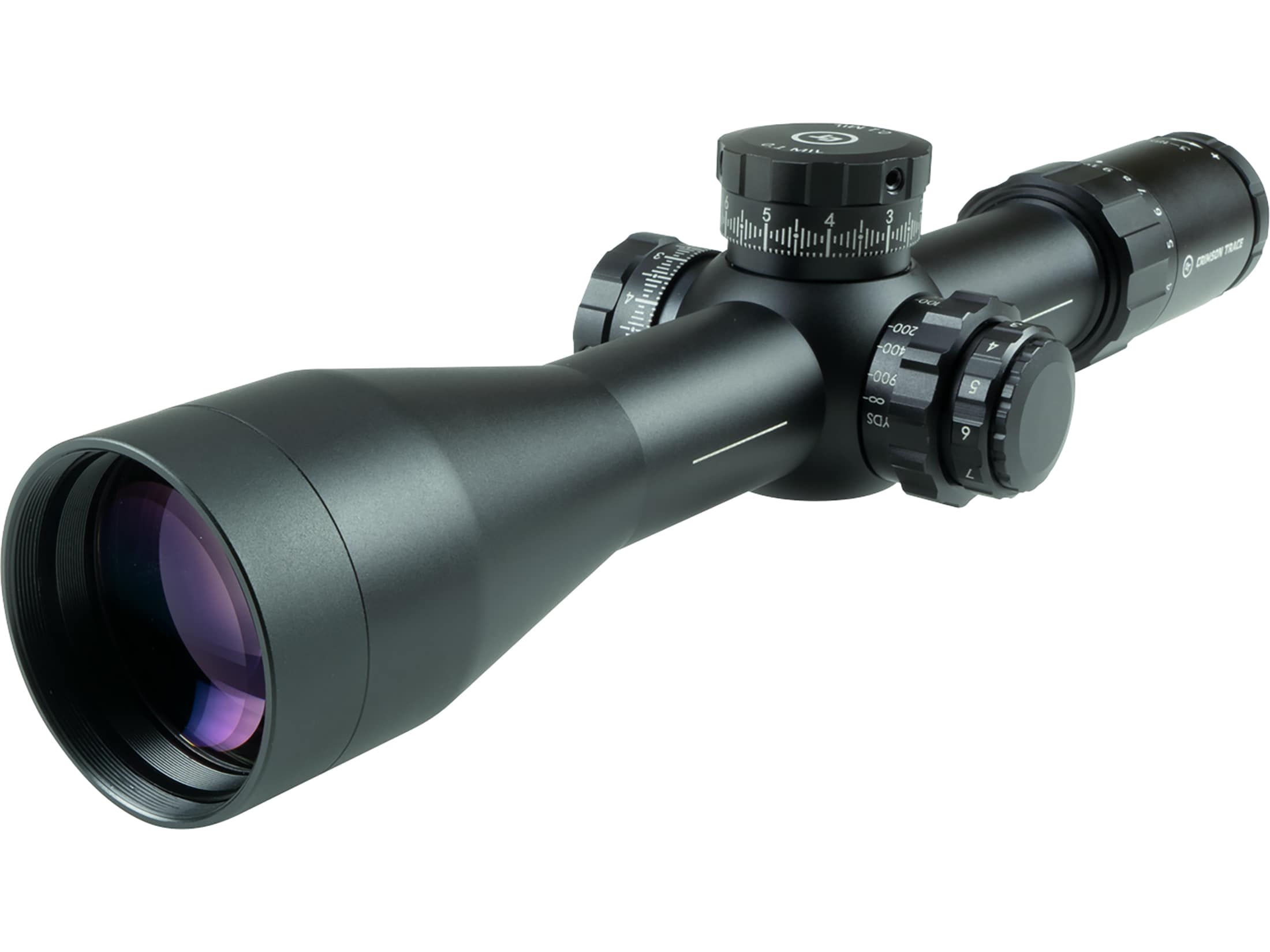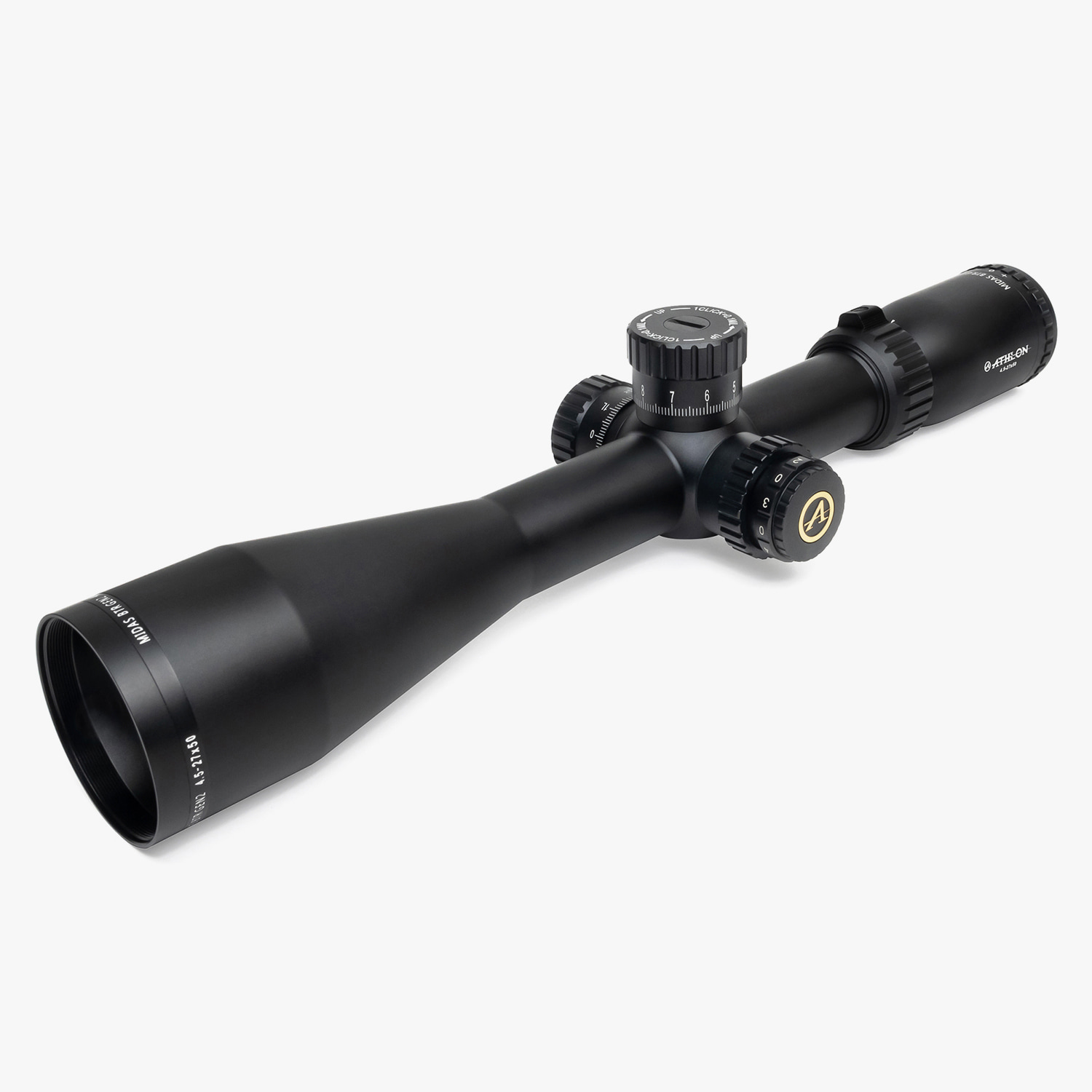I am seeing a lot of replies that don't take into consideration what is required of a Law Enforcement optic.
I will tell you, I am a proponent of FFP optics, my work rifle sports a FFP optic.
HOWEVER, FFP is NOT required for LE work, a SFP optic is entirely suitable and may even be superior.
IF the decision is made to purchase a FFP optic, then illumination is mandatory, this eliminates optics like the Burris XTR III.
Another important thing to consider is minimum focus distance. You would want something that focuses down to at least 25 yards, closer is better. This eliminates the Bushnell tactical offerings.
Field of View, very important. You'll need as much here as possible. Check the numbers.
Magnification: You are spot on in what you're looking for, 3-15 or 3-18 is an excellent ballpark of what you want.
IF you can find something that goes down to 2.5, even better. There are several, I'm not certain of the minimum focus distance.
Here is one from US Optics, LE pricing is very good:

www.usoptics.com
Christmas tree reticles are all the rage, but not required for what we do. An excellent reticle for LE use is something like the G2B from Burris.
We ran an XTR II 3-15 for a while, I really liked the reticle.
The razor LHT 3-15x42 looks like an excellent option, the LE price is very friendly for a well made optic.
Don't be too concerned with "reaching way out there", that isn't what we do, but you have plenty of elevation, an excellent reticle and illumination.
This would be high on my list if I was outfitting again.





